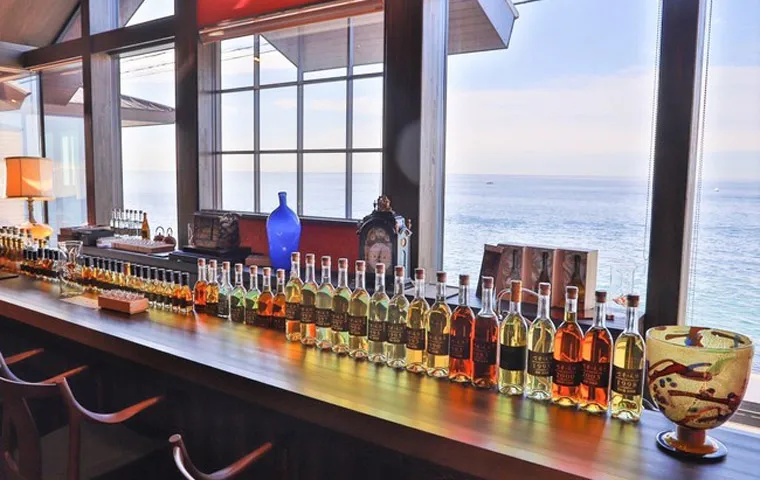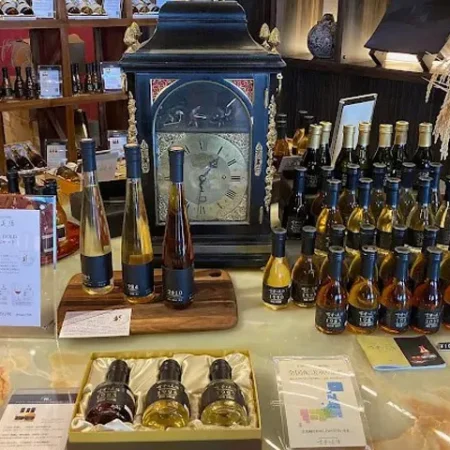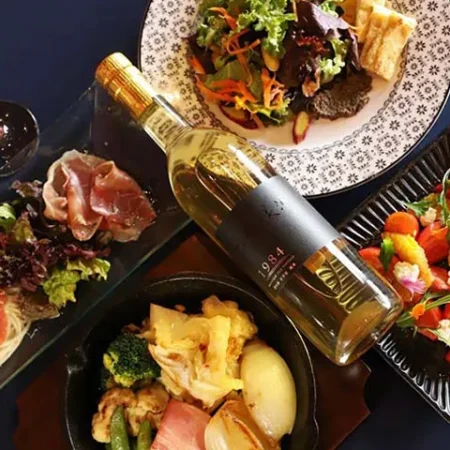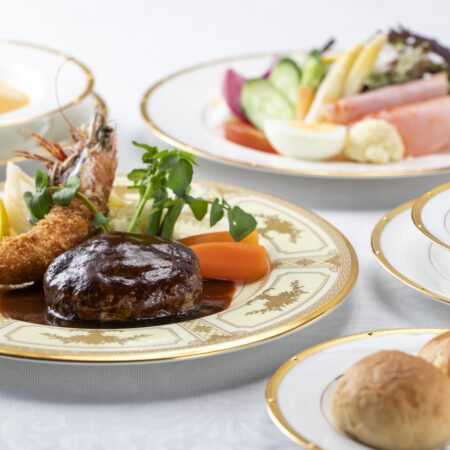Koshunoya is a shop and bar lounge located within SEIKAIHA, a theater and restaurant complex on Awaji Island. It features a wide selection of rare vintage alcohol, including sake, shochu, awamori, and plum wine. Its curated lineup of long-aged vintage sake comes from over 100 breweries across the country.

On the first floor, is the store where visitors can sample and purchase vintage sake. On the second floor, the bar lounge offers vintage drinks and gourmet meals. In this elegant space, guests can enjoy the harmony of beautiful scenery, exquisite sake, and fine cuisine. The interior is luxurious, featuring refined décor and antique furnishings.
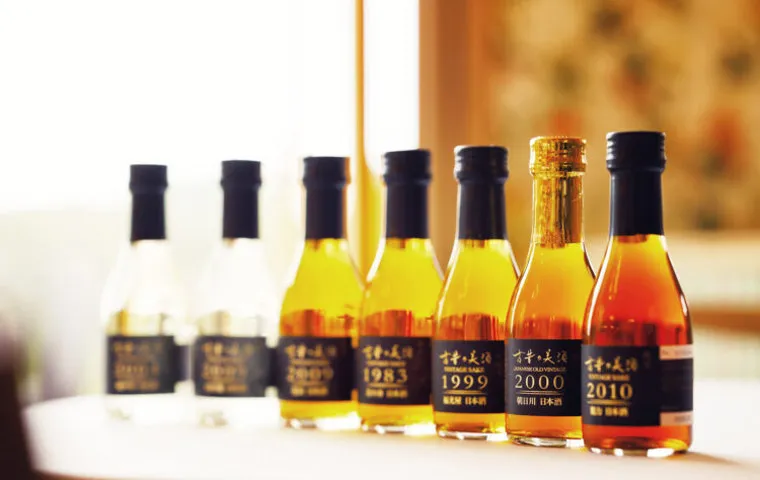
Situated on the west coast of Awaji Island, Koshunoya is conveniently located 40 minutes from Kobe and 60 minutes from Osaka. Guests can enjoy breathtaking views of the Seto Inland Sea along the west coast, which is recognized as one of the "Top 100 Sunsets in Japan." The building’s exterior is inspired by a traditional Japanese warehouse.
1F Vintage Sake Shop
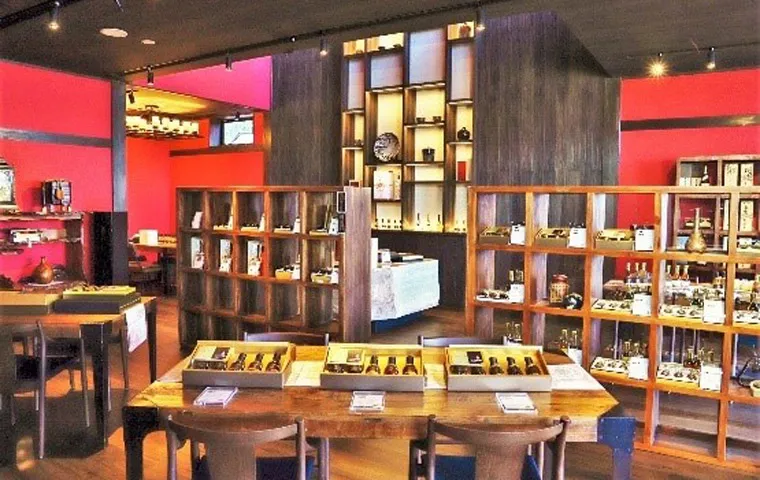
The Vintage Sake Shop showcases and sells the premium aged sake brand “Inishie no Bishu” (translating to “Beautiful Ancient Sake”). Some vintages are exclusively sold here.
Many brands the shop carries are award winning, have earned gold medals at the Feminalise World Wine Competition 2022 in France, as well as at the International Wine Challenge (IWC) in the UK, the world’s largest wine competition.
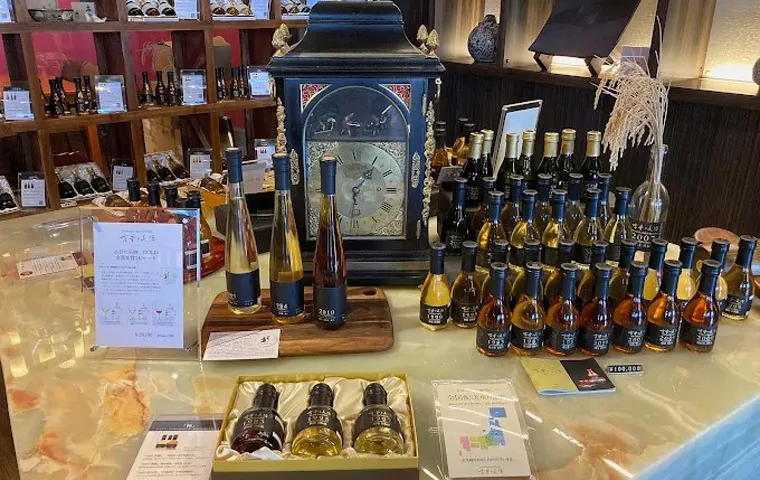
Guests can experience the “Vintage Sake Assemblage,” where you can freely blend fine sakes to create your own personalized flavor. You can take home a small bottle of your original sake as a great memory of your visit to Japan.
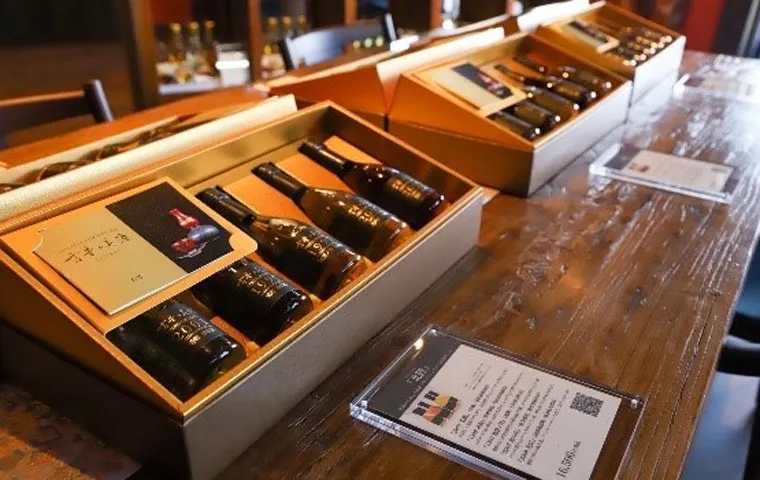
2F Vintage Sake Dining&Lounge

The Vintage Sake Dining & Lounge offers a menu of meals made with local Awaji Island ingredients and beverage selections, including tasting sets that you can compare five or 10 kinds of vintage sake, 3 kinds of shochu or 3 kinds of plum wine.
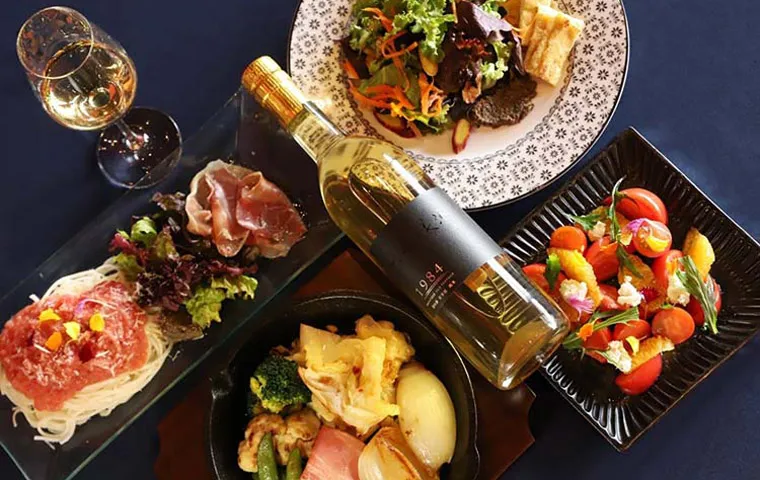
The menu includes a la carte dish as well as set meals and full-course meals. The food is prepared using fresh, locally sourced vegetables, fruits, meat, and seafood that pair well with aged sake. One of the popular dishes is a curry made with Awaji beef and Awaji onion, two well-known Awaji specialties.
When tasting aged sake, guests can choose from 43 different brands of sake, shochu, plum wine, and awamori. The selection is thoughtfully curated by an in-house sommelier, while the food menu is prepared to match with any choice of sake.
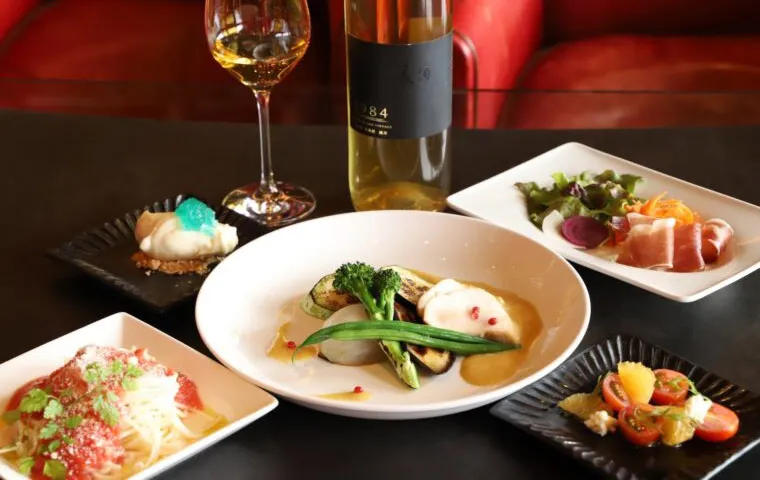
From ocean-view counter seats, guests can enjoy sweeping views of the Seto Inland Sea and the stunning sunset, one of the “Top 100 Sunsets in Japan”.
Lounge seating, featuring vintage trunk cases, adds to the distinctive ambiance. This is a premier dining experience where delicious sake, gourmet cuisine, and scenic beauty come together in a refined setting.
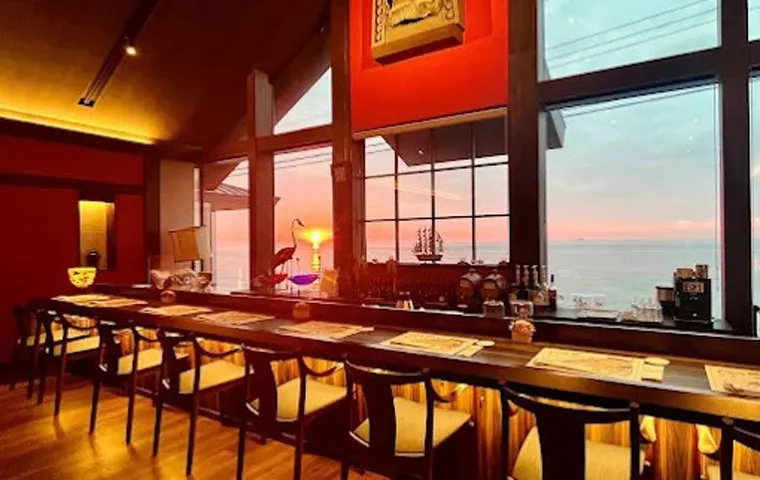
Enjoy the marriage of aged sake and creative cuisine celebrating Awaji Island’s bounty.
Flagship of “Inishie no Bishu” Sake
Awaji Island has long been known as the “Land of Food,” a title rooted in its history of supplying ingredients to the imperial court and its connection to Japan’s creation myth, which states Awaji is Japan’s first island.
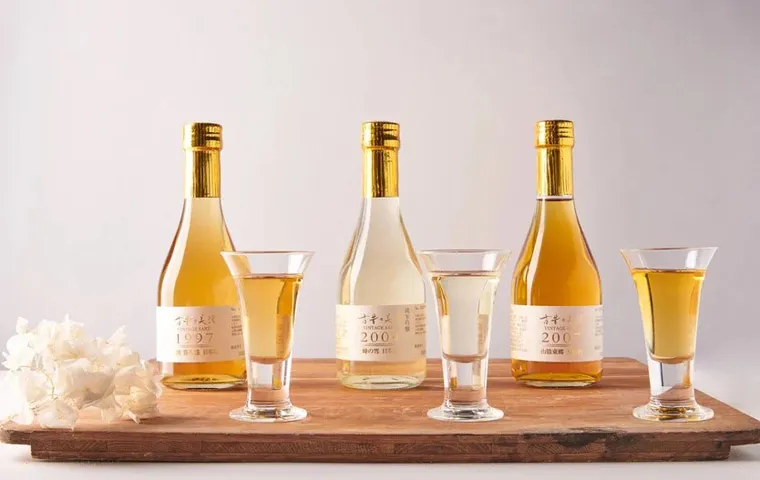
Aged sake similarly holds a deep cultural heritage, having been used in imperial wedding ceremonies since ancient times. The blessings of nature and rich food are fused together.
In line with the concept of honoring ancient traditions, this location was established as flagship shop of the premium aged sake brand "Inishie no Bishu”.
The brand, that promises “Beautiful Sake from Ancient Times”, sets a minimum aging standard of 10 years. The selection includes sake, shochu, awamori, and plum wine with rich aromas and deep flavors, carefully chosen from 100 sake breweries across Japan.
Among all sake produced nationwide, the survival rate of vintages aged over 10 years is only 0.0009 percent. This makes them extremely rare, with the volume of 10-year aged vintages being less than the volume of an Olympic swimming pool. Some offerings have been aged over 40 years and are available in extremely limited quantities.
How Long-Term Aging Transforms the Taste of Sake
Through long aging, sake develops enhanced sweetness, flavor, and acidity, resulting in a rich and complex taste. Reproducing the exact flavor of a vintage sake from a particular year is nearly impossible.

The flavor and aroma are influenced by annual variations in temperature, environment, and the condition of raw materials. When sweetness, acidity, and flavor are all well-balanced, it becomes a rare and harmonious encounter.
- Sweetness: A strong caramel-like sweetness indicates a well-aged sake.
- Acidity: Higher acidity creates a sharper taste and improves food pairing.
- Flavor: Expect unexpected aromas such as fruits and spices not typically found in Japanese alcohol.
If all three elements are high, the sake feels rich. If they are low, the drink feels lighter. A notable intensity in even one of these components will give the sake a distinctive character.
As the ingredients change over time, the color of aged sake also deepens, especially when the ingredient concentration is high, the aging period is long, or the storage temperature varies significantly.
The History of Vintage Aged Sake
The history of aged sake stretches back more than 800 years. The oldest known reference to aged sake appears in a letter written by a monk, Nichiren Shonin during the Kamakura period (1185~1333). It is also mentioned in Edo-period (1503~1867) literature, where it was prized as a special beverage.
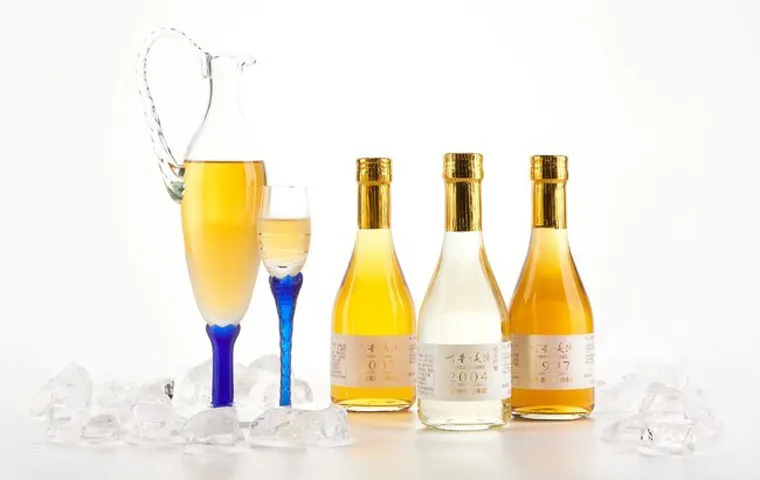
Since the Meiji period (1868~1912), storing aged sake became increasingly difficult due to liquor tax burdens and wartime disruptions. It wasn’t until the Heisei era (1989~2019) that the environment for producing aged sake began to improve, with breweries once again crafting high-quality aged varieties.
Now, in the Reiwa era, those involved in sake production are uniting to promote the culture and allure of Japan’s proud tradition of aged sake to the world.
